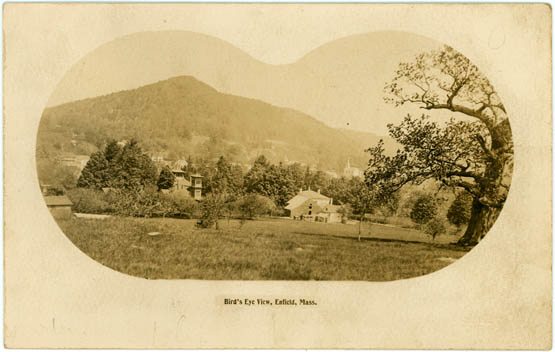Enfield (Mass.) Collection

Situated at the confluence of the east and west branches of the Swift River in western Massachusetts, Enfield was the largest and southernmost of the four towns inundated in 1939 to create the Quabbin Reservoir. Incorporated as a town in 1816, Enfield was relatively prosperous in the nineteenth century on an economy based on agriculture and small-scale manufacturing, reaching a population of just over 1,000 by 1837. After thirty years of seeking a suitably large and reliable water supply for Boston, the state designated the Swift River Valley as the site for a new reservoir and with its population relocated, Enfield was officially disincorporated on April 28, 1938.
The records of the town of Enfield, Mass., document nearly the entire history of the largest of four towns inundated to create the Quabbin Reservoir. The core of the collection consists of records of town meetings and of the activities of the town Selectmen, 1804-1938, but there are substantial records for the Enfield Congregational Church. The School Committee, Overseers of the Poor, the town Library Association, and groups such as the local chapter of the Daughters of the American Revolution and the Bethel Masonic Lodge.






